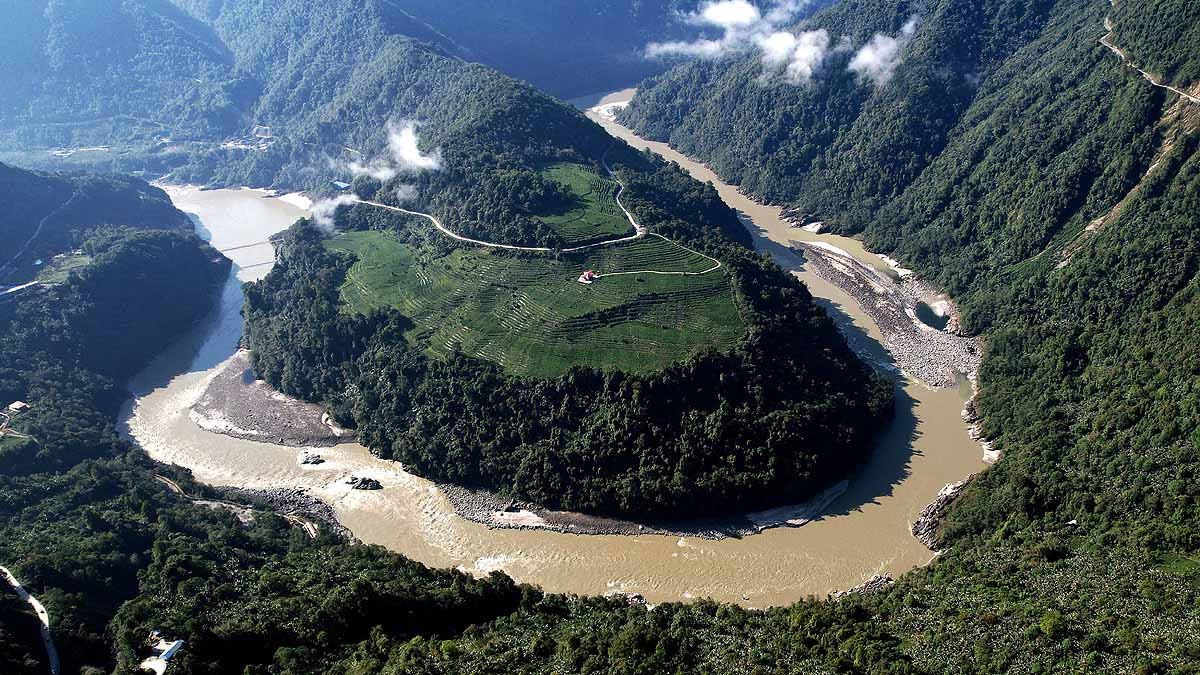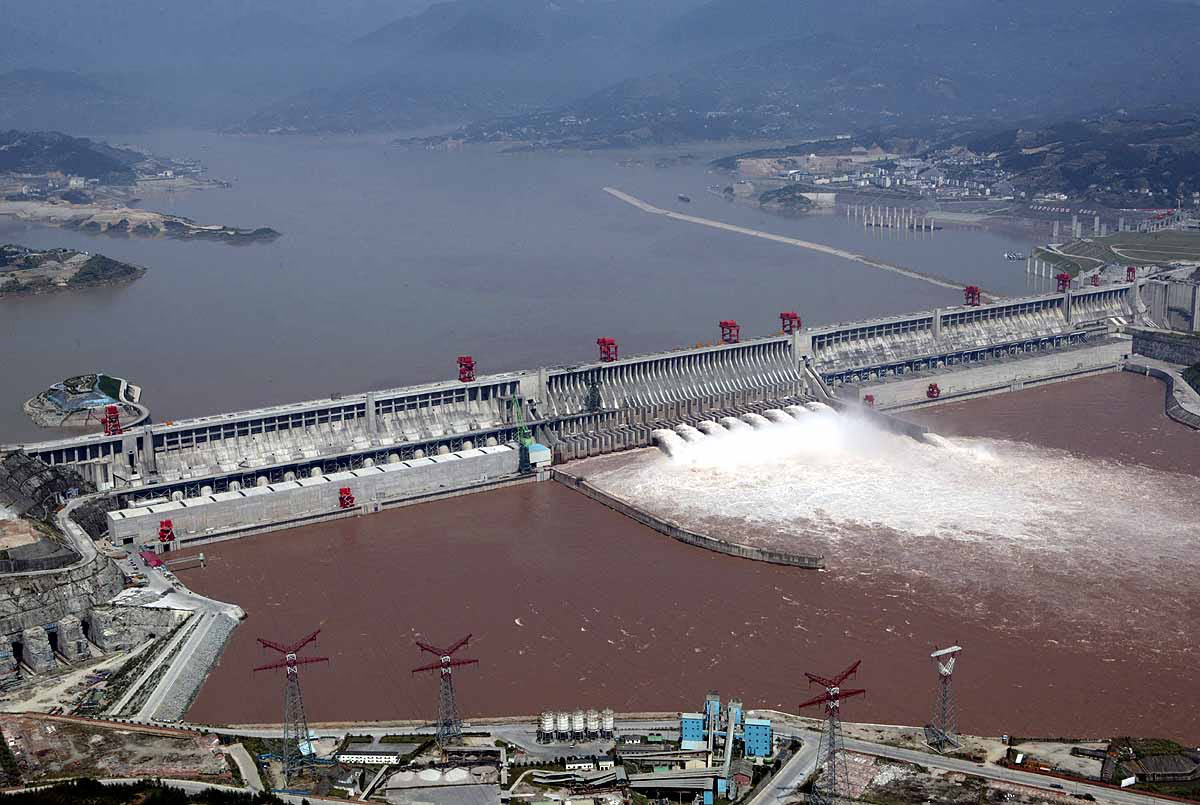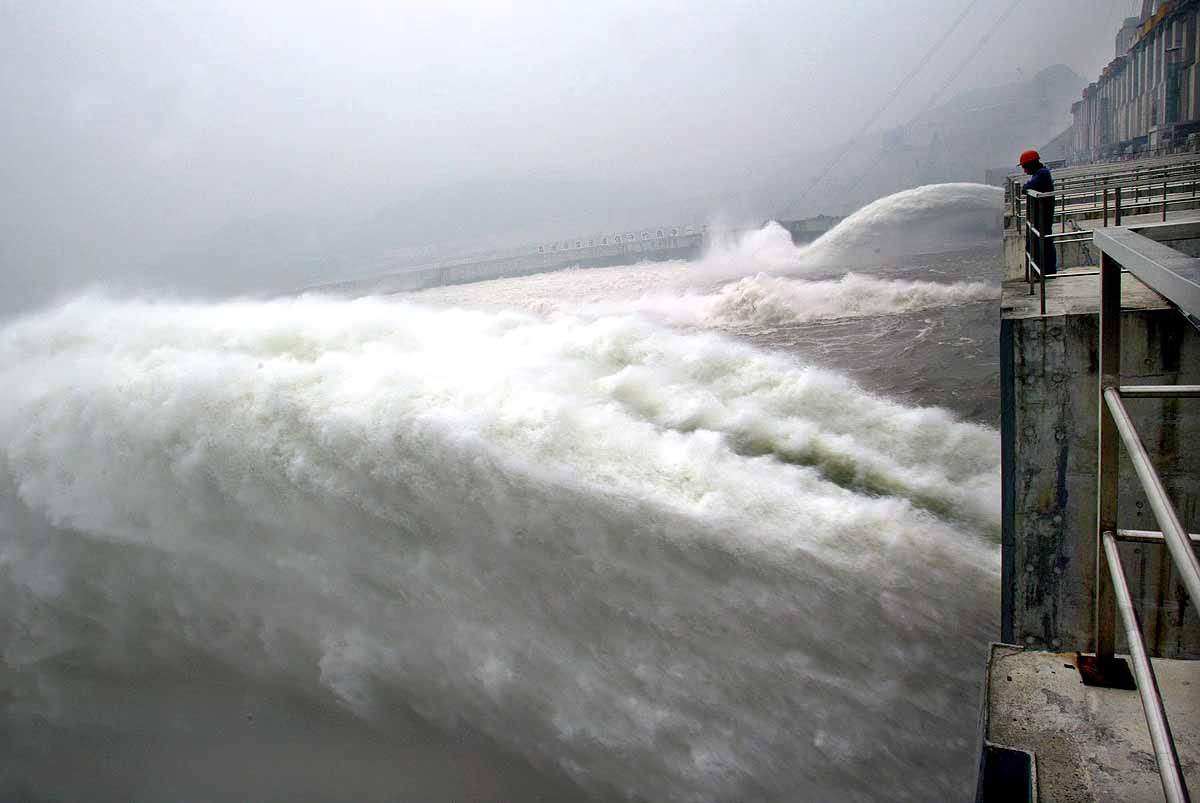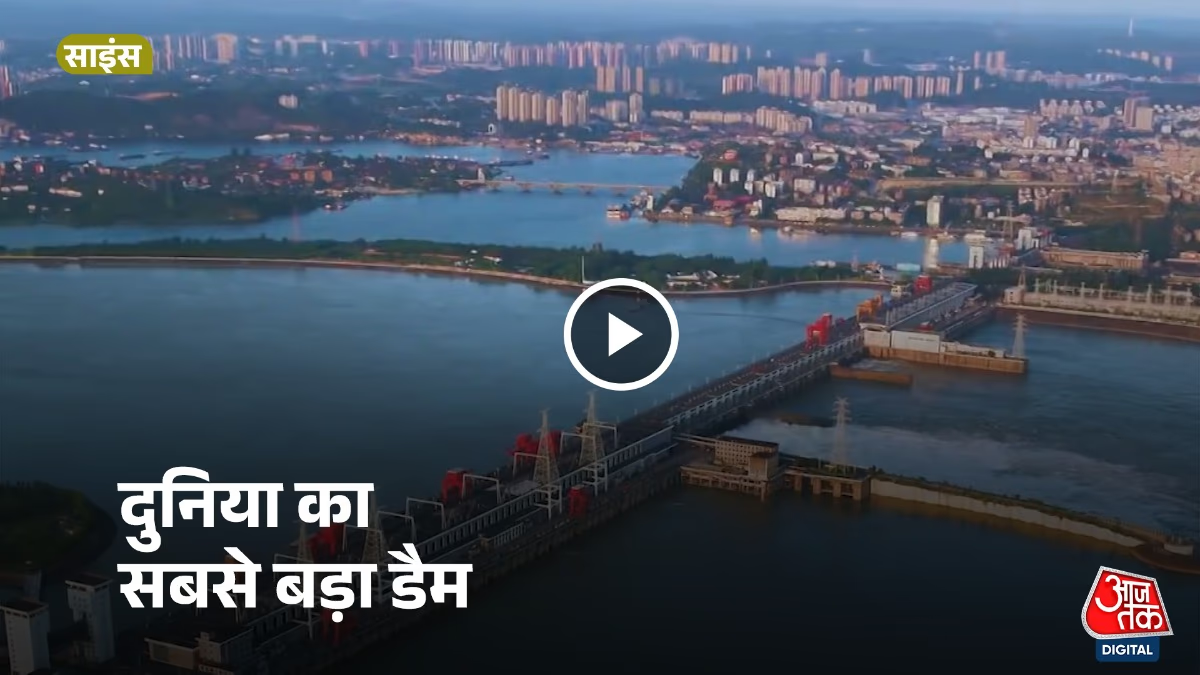China has embarked on the ambitious task of constructing the world's largest hydropower dam on the Yarlung Zangbo River. It transforms into the Brahmaputra in India and the Jamuna in Bangladesh. This $170 billion project, known as the Motuo Hydropower Station, is projected to generate thrice the electricity as the current world leader, the Three Gorges Dam.
The foundation ceremony was conducted on July 19, 2025, by Chinese Premier Li Qiang in Tibet. China touts the dam as a source of clean energy, job creation, and an economic boon, yet neighboring countries like India and Bangladesh remain apprehensive about its potential impact.
What is the Yarlung Zangbo Mega-Dam Project?
The Yarlung Zangbo River, Tibet's longest, commences in the Himalayas and morphs into the Siang in India's Arunachal Pradesh, eventually flowing as the Brahmaputra in Assam and the Jamuna in Bangladesh. It serves as a lifeline for millions, providing water, agriculture, and fishing resources.
China plans to construct five dams in the Great Bend area, where the river makes a dramatic U-turn near Mount Namcha Barwa. In this region, the river descends 2,000 meters within 50 kilometers, presenting the world's premier site for hydropower generation.
Cost: $170 billion (approximately 14 trillion rupees).
Capacity: 60 gigawatts of power, meeting the annual needs of 300 million people.
Construction: Five cascade power stations with 20 km tunnels, diverting half the river's flow (approximately 2,000 cubic meters per second).
Completion: Electricity production may commence by early or mid-2030s.
Location: Medog County in Tibet, bordering India's Arunachal Pradesh.
China asserts this project will provide clean energy, aid flood control, and boost Tibet's economy by 20 billion yuan (3 billion USD) annually. However, India and Bangladesh view it as a potential water weapon.

Source: aajtak
Why are India and Bangladesh Concerned?
The Brahmaputra River is a lifeline for India and Bangladesh, vital for agriculture, fishing, and power production. However, the dam presents several potential threats...
Fear of Water Scarcity
Pema Khandu, Chief Minister of Arunachal Pradesh, warned that the dam could dry up 80% of the river's water, adversely affecting agriculture and livelihoods in Arunachal and Assam.
With 65% of Bangladesh's water sourced from the Brahmaputra, a 2022 report highlighted that a mere 5% reduction could slash agricultural production by 15%, precipitating food shortages and migration issues.
In dry seasons, China could exacerbate water shortages in India and Bangladesh by withholding the river's flow.
Also Read:
Flooding Risk
Should China discharge water from its 40 billion cubic meters reservoir suddenly, Arunachal and Assam could face severe flooding, likened to a 'water bomb' that could serve as a strategic asset in conflicts.
Khandu remarked that the dam poses a threat to their very existence and could be wielded by China as a water bomb.
Sediment Shortfall
River sediments are vital for agriculture. The dam could block sediment flow, reducing soil fertility in India and Bangladesh's delta regions. This could lead to increased erosion and coastal damage due to rising sea levels.

Source: aajtak
Lack of Transparency
China has been reticent about the project, withholding hydrological data and design specifics. This opacity complicates India's and Bangladesh's threat assessments. Bangladesh penned a request for information to China in February 2025 but remains unanswered.
Strategic Threat
Constructed near the contested border—China refers to it as South Tibet—this dam resurrects fears reminiscent of the 1962 Indo-China war. Experts caution that China might leverage this dam for strategic pressure.
China's Assurance: No Harm Intended
The Chinese Foreign Ministry claims the dam is designed for clean energy production and flood control, not harming India or Bangladesh. Termed a 'run-of-the-river' project, it supposedly will not significantly impede water flow.
According to Mao Ning, spokesperson for the Chinese Foreign Ministry, robust studies and safety measures are in place, and China pledges cooperation on flood control and disaster relief.
Nevertheless, University of Arizona expert Sayananshu Modak posits that the Brahmaputra's monsoon-based flow, not Tibetan sources, may mitigate the dam's impact.
What is the Great Bend's Significance?
The Yarlung Zangbo River's U-turn around Mount Namcha Barwa is known as the Great Bend, site of the world’s deepest and longest canyon—the Yarlung Zangbo Grand Canyon—at a depth of 5000 meters. This area's steep gradient (a 2,000-meter drop) makes it ideal for hydropower exploitation.
China plans to channel half of the river's flow via 4-6 tunnels (each 20 km long).
This project will generate 60 gigawatts, tripling the Three Gorges Dam's 22.5 gigawatts capacity.
However, this zone is earthquake and landslide-prone. The infamous 1950 Medog earthquake (magnitude 8.6), causing destruction across Assam and Bangladesh, originated here.

Source: aajtak
Impact on Environment and Local People
Ecological Threats
Home to rare biodiversity, the Yarlung Zangbo Grand Canyon boasts Asia's tallest trees and apex predators (like leopards and tigers). The dam threatens this sensitive ecosystem.
Bangladesh's delta, the world's largest, could be weakened by sediment blockages, heightening sea level rise risks.
Tibetan Displacement
The dam has the potential to displace numerous residents of Tibet's Medog County, although China has not specified affected numbers.
Tibetan groups and environmentalists criticize the project, fearing cultural and ecological devastation.
Seismic Risks
Situated near tectonic plate boundaries, the dam is in Earth's most seismically active areas. The region's 2025 earthquake (killing 126) highlighted such vulnerabilities. A dam failure due to seismic activity could unleash disastrous flooding across India and Bangladesh.
Also Read:
India and Bangladesh's Response
India's Strategic Counter
India proposes the Siang Upper Multipurpose Project (11.5 gigawatts) in Arunachal Pradesh to counteract water deficits posed by China's dam and ensure water security. Yet this initiative faces environmental and indigenous community opposition due to potential ecological impacts. India's stance is that continued utilization of Brahmaputra waters prevents unilateral Chinese diversion.
Bangladesh's Worries
Bangladeshi experts like Malik Fida Khan (CEGIS, Dhaka) highlight concerns over reduced water flow and sediment hindrances impacting Bangladesh's economy and ecology. Despite inquiries, China has not provided comprehensive information on potential effects or resolutions.
Lack of Regional Cooperation
No formal water-sharing agreement exists between China, India, and Bangladesh. None are signatories to the 1997 UN Watercourses Convention, complicating conflict resolution. While China and India engage in the Expert Level Mechanism (ELM) since 2006 to exchange hydrological data during flood seasons, it remains insufficient for comprehensive trust.
Also Read:
Expert Opinions
According to Sayananshu Modak (University of Arizona), the dam's impact may be limited due to the monsoon-derived Brahmaputra waters. However, China's lack of transparency provokes anxiety.
Ashok Kantha (former Indian ambassador) argues that the dam is risky and reckless. India should vocally amplify its concerns.
Oxford Global Society’s Genevieve Donelson-May emphasizes that China's dam affords strategic leverage over India through control of water flow.
Dhaka’s Sikander Rohan from Riverine People highlights that the China-India ‘dam race’ will cost Bangladesh dearly.




